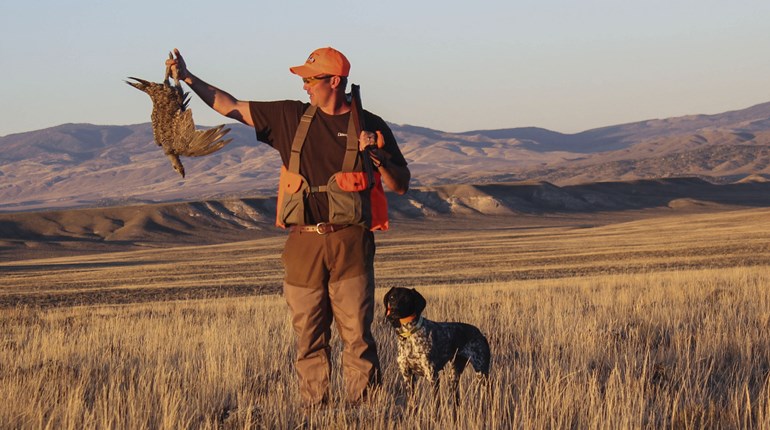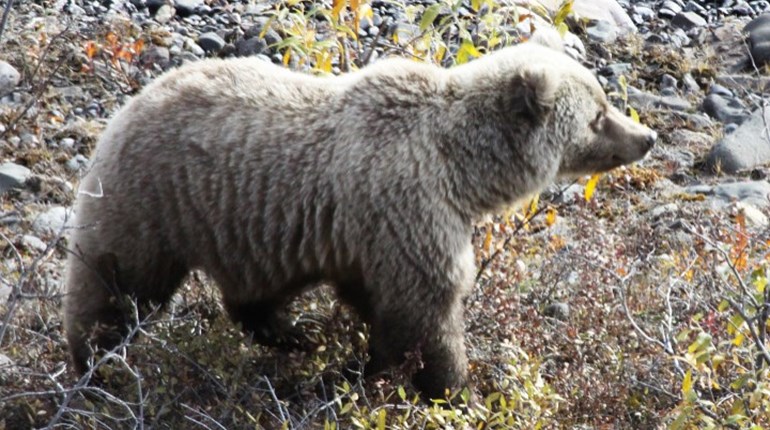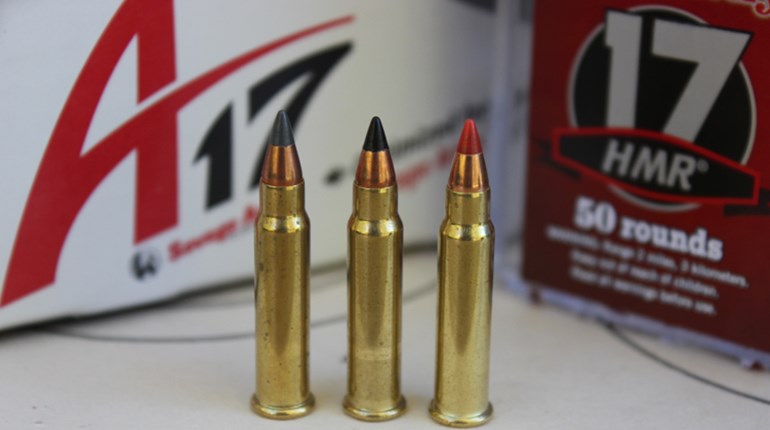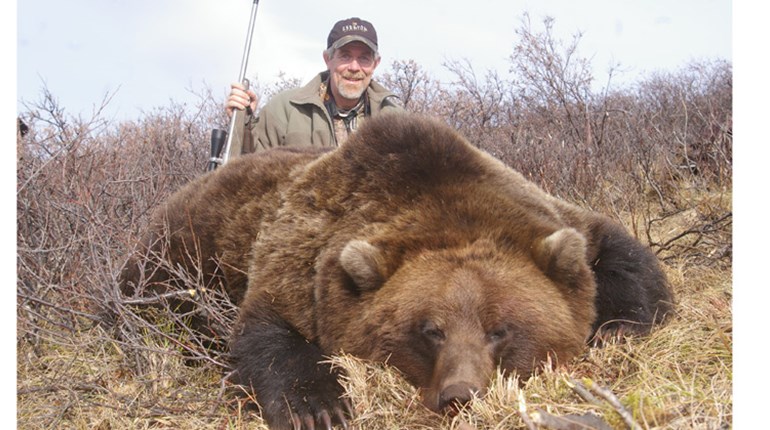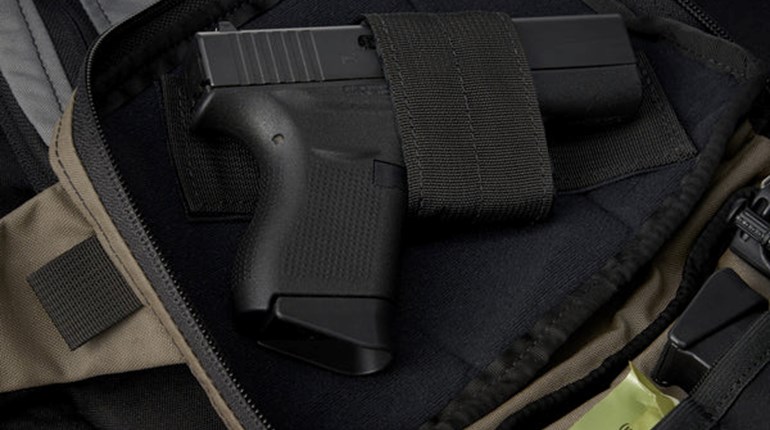
Bears are the largest land-dwelling predators in North America by a wide margin, and the largest coastal brown bears can weigh upwards of three-quarters of a ton. Densely built and notoriously tough, brown and grizzly bears can absorb a lot of punishment, and the best option for any bear encounter is a powerful centerfire rifle cartridge. But these guns are bulky, and there are simply times when you can’t carry a full-sized rifle. In those situations, a handgun is your only firearm option.
For years big-bore revolvers have been the overwhelming choice for backup in bear country, and with good reason. Calibers like the .44 Remington Magnum, .454 Casull, .500 Smith & Wesson Magnum and the .480 Ruger are all capable of generating energy levels above 1,000 foot-pounds, and some, like the .500, can more than double that figure. But there are a growing number of guides and outfitters who favor a gun that offers a higher capacity and less recoil for more follow-up shots during a charge, and one standout is the Glock 20 semiauto chambered in 10mm Auto.
So, which gun is right for you? That depends. For grizzlies and brown bears, the 10mm Auto generates energy levels that are minimal at best, and most guides stick to high-energy 10mm loads. But the 10mm offers more capacity, and the recoil it generates, while stiff, is not comparable to the true big bores like a short-barreled .500. Less recoil means faster follow-up shots, and the Glock’s capacity is more than double most revolvers.
Basing your decision of which gun to carry based solely on caliber may be a mistake, though. The first priority is getting to your gun. Most bear attacks happen very quickly, and despite their ponderous bulk it’s terrifying how fast a grizzly or brown bear can move. For that reason, you need to make sure that your gun is available very quickly so that you have a chance of delivering at least one shot before the bear is on you (and if your gun is in your pack or buried under three layers of clothing you’re out of luck). A cross-draw holster is one good option, and that’s my top choice, because the gun stays close at hand and I find pulling a gun from that angle is much simpler and faster than traditional positioning on the hip. It’s also very important to stress bullet selection; the most common choice of bear bullets are heavy-for-caliber cast projectiles because they have the weight, section density and construction to penetrate deep.
The key when carrying in bear country is to practice. Shoot your gun often, and be sure that your carry method offers you quick access when you need it most. Remember, the best defense against bears is avoidance, and defending yourself with a handgun should be your absolute last measure, but if you must shoot a bear to survive it’s important to have the right gun by your side.













